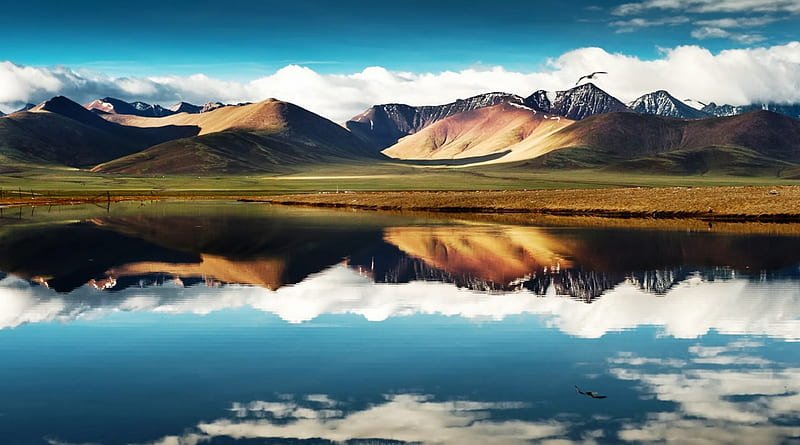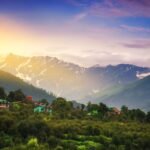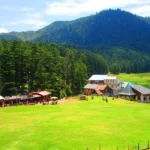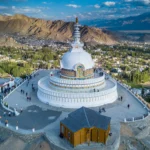Planning a trip to Ladakh is an exciting endeavor, but it requires careful preparation due to its high altitude and unique environment. Here are some must-know things for your 2025 trip:

1. Best Time to Visit:
- May to September is generally considered the best time to visit Ladakh. During these months, the weather is pleasant (daytime temperatures 15°C to 25°C), and most major roads and attractions are open.
- July to August (monsoon season) sees occasional rainfall, but Ladakh is relatively dry due to its rain-shadow location. Some routes might experience landslides.
- October to April is winter, with extremely cold temperatures (dropping to -20°C) and most roads closed due to heavy snowfall. This period is for those seeking winter sports or a frozen landscape experience.
2. Acclimatization to Altitude:
- Crucial: Ladakh is a high-altitude region (Leh is around 11,500 feet), and Acute Mountain Sickness (AMS) can affect anyone, regardless of fitness level.
- Slow Ascent: If traveling by road, the gradual ascent helps your body adjust.
- Rest in Leh: Upon arrival in Leh (especially by flight), dedicate at least 24-48 hours to rest and acclimatize before venturing to higher areas like Pangong Lake or Nubra Valley.
- Stay Hydrated: Drink plenty of water and avoid alcohol and caffeine.
- Eat Light: Opt for light, carbohydrate-rich meals.
- Avoid Strenuous Activity: Limit physical exertion initially.
- Medication: Consult your doctor about preventive medication like Diamox.
- Listen to Your Body: If you experience symptoms like headache, nausea, dizziness, or fatigue, rest. If symptoms worsen, descend to a lower altitude and seek medical attention.
3. Permits and Regulations (2025 Updates):
- Inner Line Permit (ILP): Indian citizens generally need an ILP to visit restricted areas like Nubra Valley, Pangong Lake, Tso Moriri, Hanle, Turtuk, Chushul, and Umling La Pass. However, the ILP system has largely been replaced by an Environmental Fee for Indian tourists, which serves the same purpose of regulating tourism.
- Protected Area Permit (PAP): Foreign nationals still require a PAP for these regions. They are typically required to travel in designated groups (minimum two people) and apply through registered tour operators in Leh. Solo foreign travelers may have restrictions.
- How to Obtain:
Online: The most convenient way for Indian citizens is through the official online portal: www.lahdclehpermit.in
Offline: You can also apply in person at the Deputy Commissioner’s Office in Leh.
Through Tour Agents: Recommended for foreigners as they handle paperwork and group formation. - Fees: Expect to pay an Environment Fee (around ₹400 one-time), Red Cross Fund (₹100), and a Wildlife Fee (₹20 per day) for permits.
- Carry Copies: Always carry multiple physical copies of your permit, as they will be checked at various checkpoints.
4. Transportation and Routes:
- Entry Points:
By Air: Leh Airport (Kushok Bakula Rimpochee Airport) is the most direct way, but requires strict acclimatization.
By Road: Manali-Leh Highway: Open typically from June to October. A popular route for adventure seekers.
Srinagar-Leh Highway: Open typically from May to October. Offers a more gradual ascent, aiding acclimatization. - Local Transport: Taxis, rental bikes, and shared jeeps/buses are available in Leh for local sightseeing and trips to popular areas.
- Road Conditions: Roads are being upgraded for smoother travel. However, mountain roads can be challenging, and conditions can change rapidly due to weather. Check road status updates from BRO (Border Roads Organization) or local sources.
5. Packing Essentials:
- Layered Clothing: Ladakh experiences extreme temperature changes. Pack thermals, fleece jackets, warm sweaters, and a windproof/waterproof outer layer.
- Footwear: Sturdy trekking shoes with good grip are essential.
- Sun Protection: High-altitude sun is intense. Carry high-SPF sunscreen, UV-protective sunglasses, a wide-brimmed hat/cap, and lip balm.
- Medical Kit: A well-stocked first-aid kit with basic medications, especially for altitude sickness symptoms, pain relievers, antiseptics, and any personal prescriptions.
- Hydration: Reusable water bottle.
- Electronics: Power bank, extra batteries for cameras/phones, and a flashlight/headlamp. Mobile connectivity can be patchy in remote areas.
- Documents: Valid ID proofs (Aadhaar, Passport, Driving License), permit copies, and travel insurance details.
- Cash: ATMs are limited outside Leh, so carry sufficient cash, especially for remote areas.
- Toiletries: Basic toiletries, cold cream, and moisturizer for dry skin.
- Snacks: High-energy snacks like nuts, energy bars, and chocolates.
6. Responsible Tourism and Cultural Etiquette:
- Respect Local Culture: Ladakh has a rich Buddhist heritage. Dress modestly, especially when visiting monasteries. Remove shoes before entering temples or homes.
- Sustainable Travel: Use reusable water bottles, avoid plastic waste, dispose of garbage properly, and support local businesses/homestays.
- Photography: Always ask for permission before photographing people, especially monks or villagers.
- Conserve Water: Ladakh is a cold desert with limited water resources. Use water judiciously.
By keeping these points in mind, you can plan a safe, enjoyable, and memorable trip to Ladakh in 2025!
If you need help planning your Ladakh Trip in 2025 – Just visit our contact page & drop you details





